Audience: Elementary educators
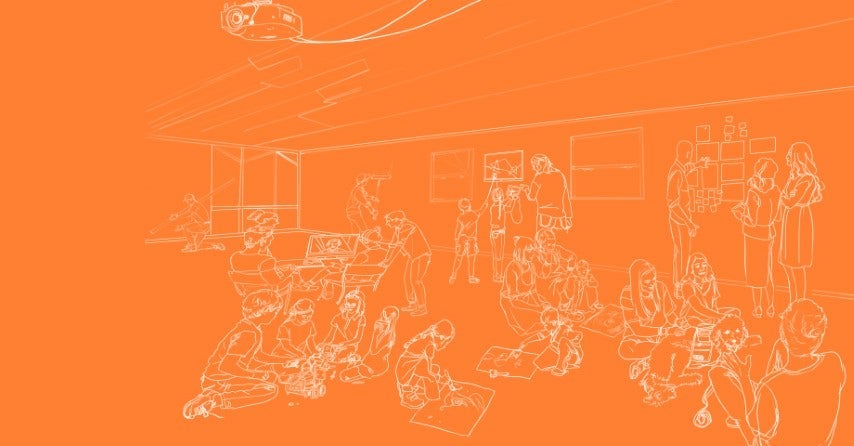
Implementation briefs: Teacher Preparation and The Next Education Workforce
This collection of implementation briefs is a companion piece to Teacher Preparation and the Next Education Workforce (Thompson et al., 2020) and goes deeper into several facets of the initial team-based models with teacher candidates, including: role descriptions, readiness conditions for district partners, financial models, and implications for teacher preparation.
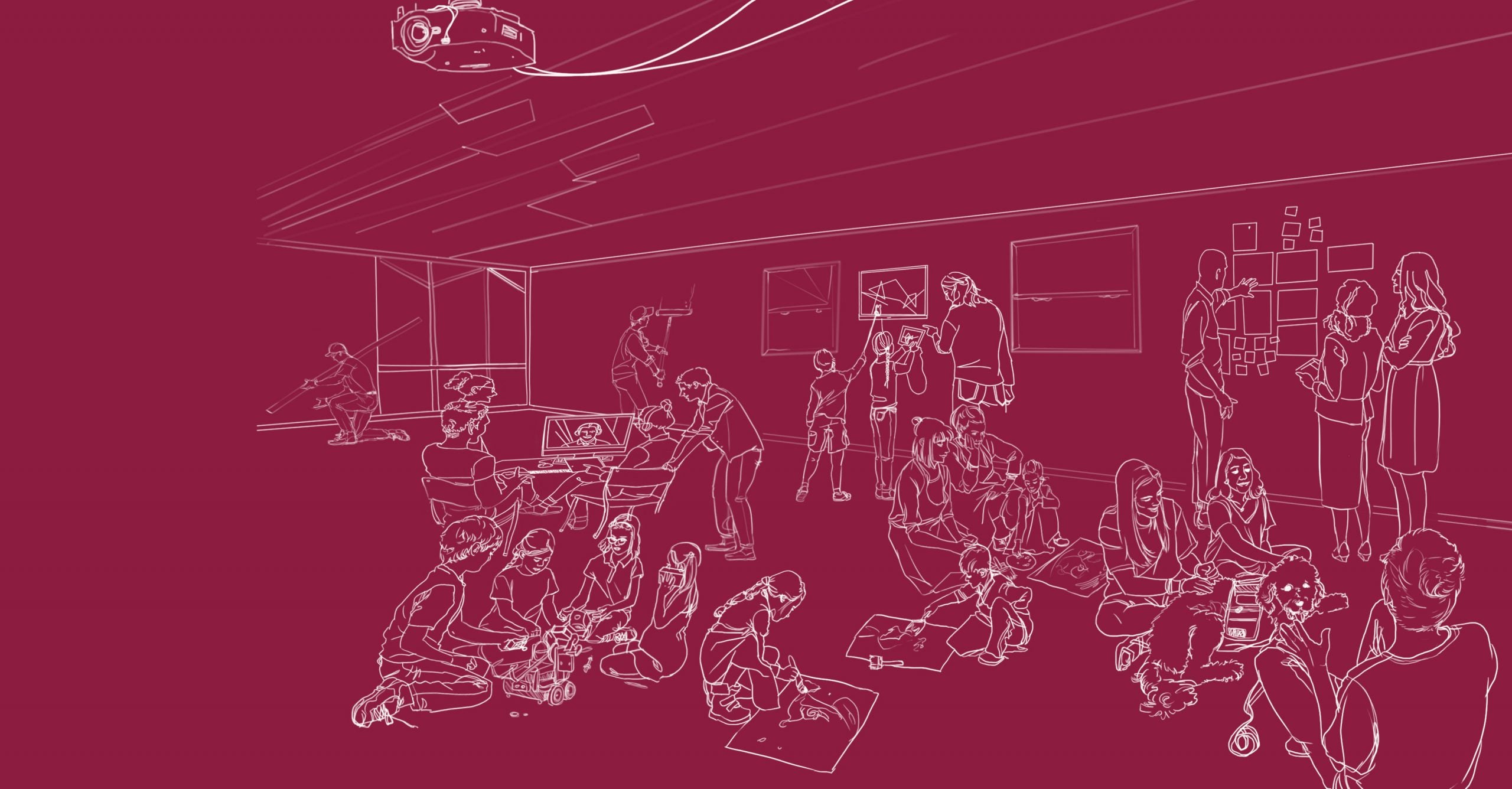
Next Education Workforce Teams in All-Remote Environments
In this resource, you’ll find several recommendations for how all-remote teams might deploy their educators to best meet the needs of students.
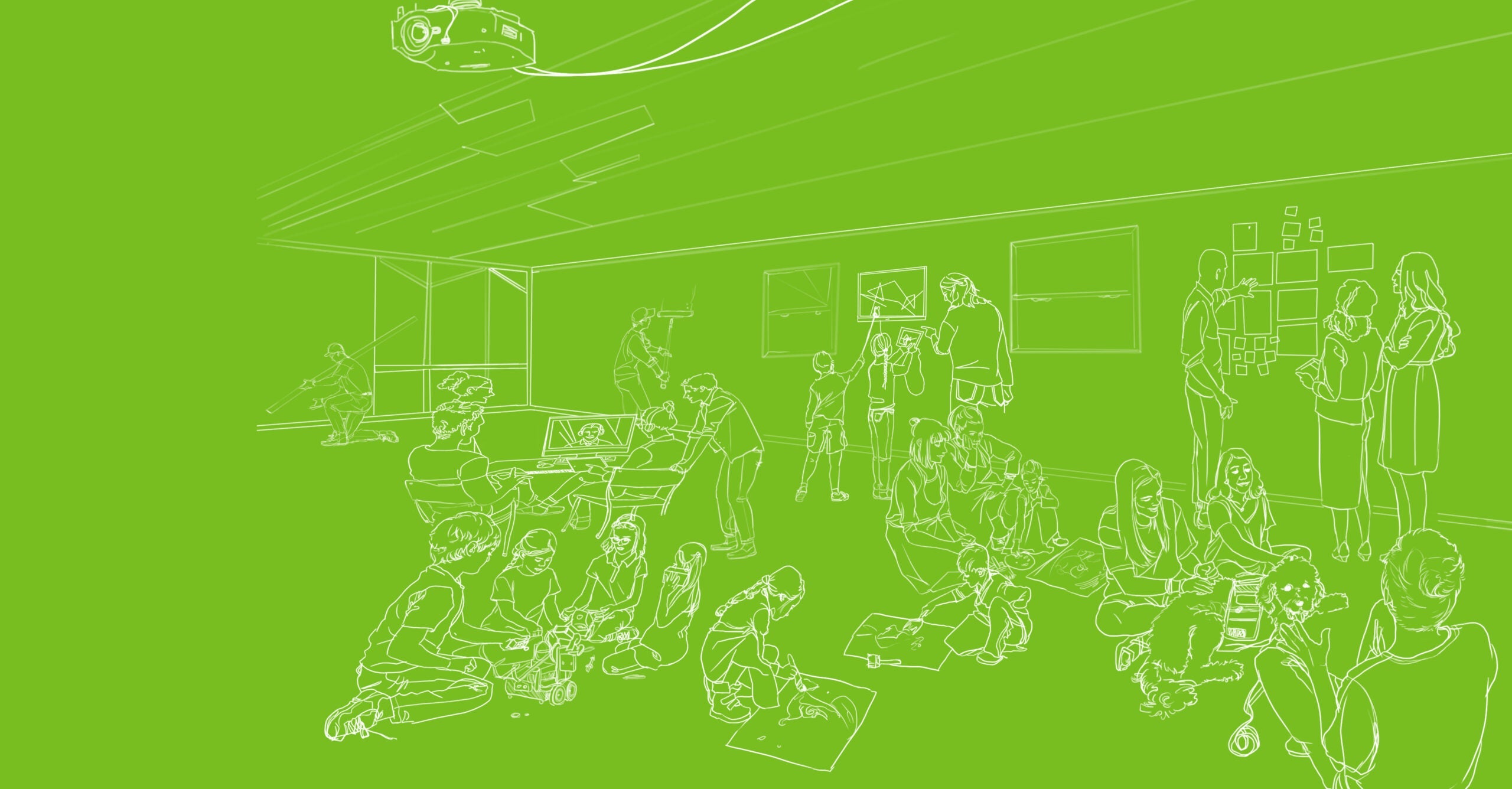
The relationship between deeper and personalized learning and teams of educators with distributed expertise
Hear from MLFC Dean Carole Basile about the relationship between deeper and personalized learning and teams of educators with distributed expertise.
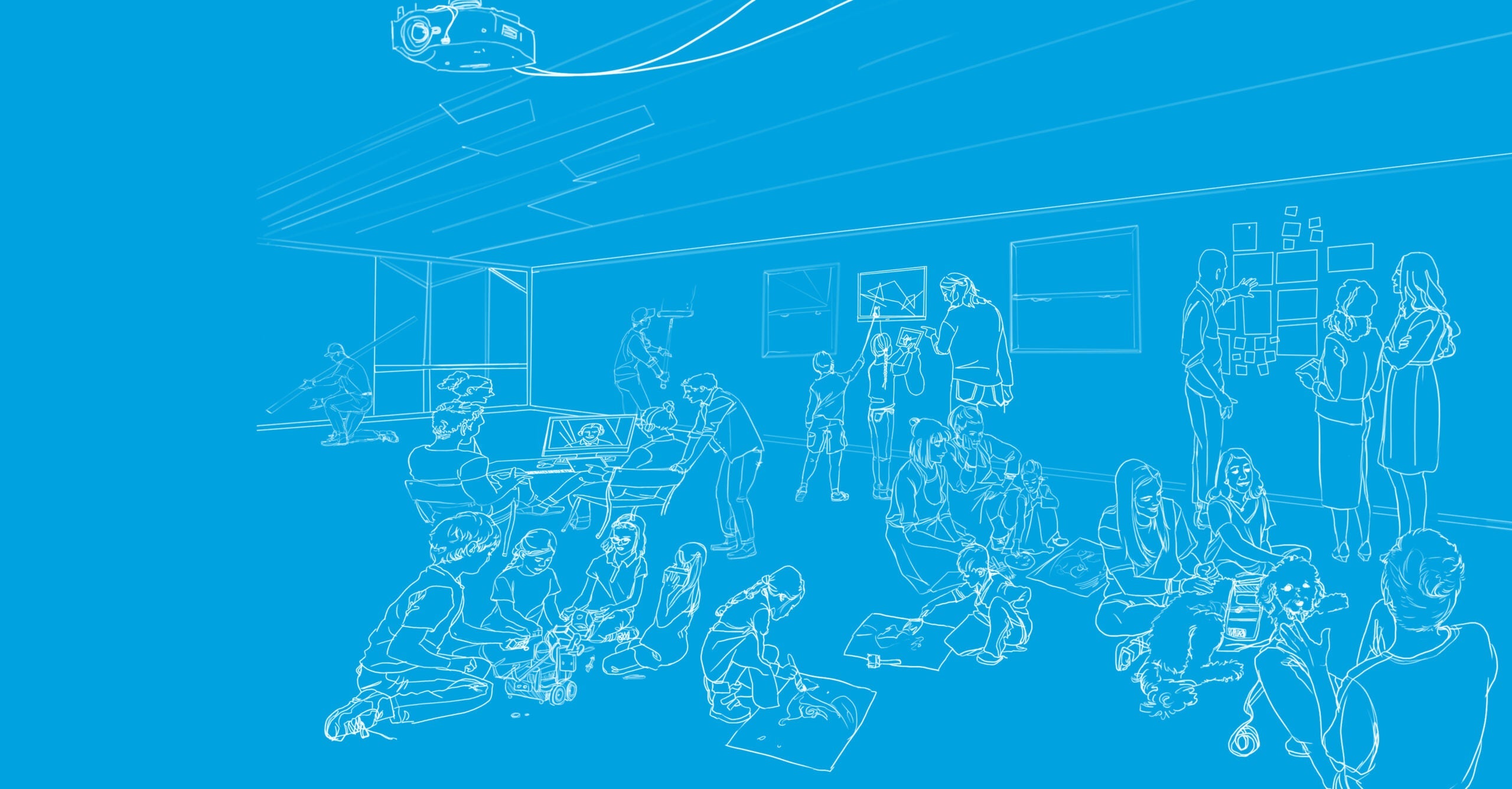
Elementary instructional blueprints: An introduction
Elementary instructional blueprints suggest ways teams of educators with distributed expertise might deploy themselves to better deepen and personalize student learning.

Elements of the Next Education Workforce
There is no one-size-fits-all Next Education Workforce model. The diverse contexts, assets and needs of each school inform the design and implementation of each model. However, all Next Education Workforce models share several common elements. This document describes the Elements of the Next Education Workforce found across dozens of schools that have launched successful team-based models.

The critical importance of the Next Education Workforce
Hear from MLFC Dean Carole Basile about why Next Education Workforce models are critically important, especially today.
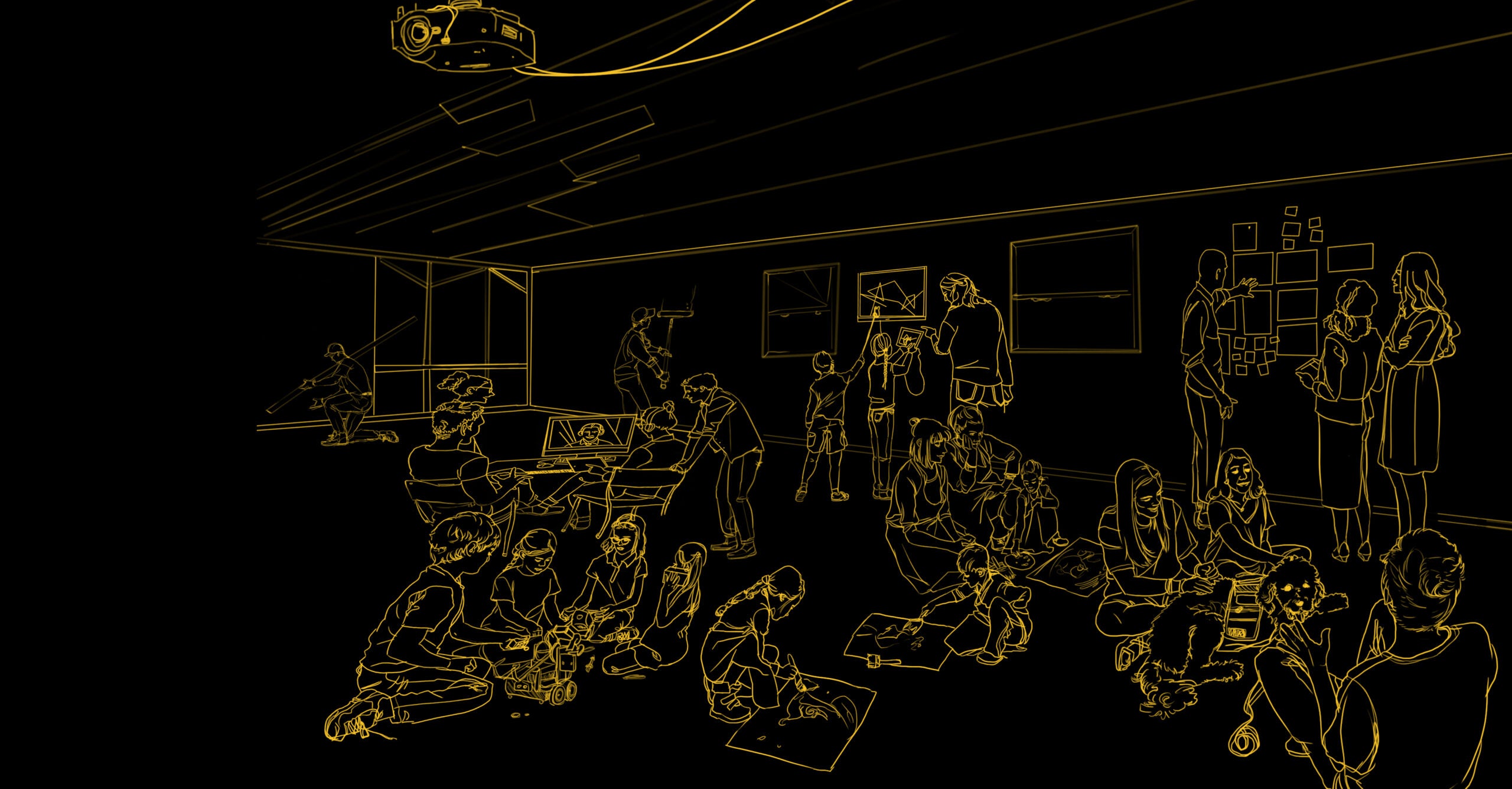
SPARK School educators work as a team
This clip features four educators from SPARK School. In it, they describe the impact of teaming with distributed expertise on both educators and students.

SPARK School invites experts to the classroom

SPARK School implements deeper and personalized learning

SPARK School: School profile
At SPARK School at Kyrene de las Manitas, 120 students in multi-aged grade bands (third through fifth grades) work with a core team of six educators: one teacher executive designer, two certified teachers and three teacher candidates. The prototype school-within-a-school was developed during a design process collaboratively led by the Kyrene School District and ASU’s MLFC Design Initiatives. In this resource, you’ll find out how they’re implementing a Next Education Workforce model.

SPARK School: Spotlight on the schedule
At SPARK School at Kyrene de las Manitas, 120 students in multi-aged grade bands (third through fifth grades) work with a core team of six educators: one teacher executive designer, two certified teachers and three teacher candidates. The prototype school-within-a-school was developed during a design process collaboratively led by the Kyrene School District and ASU’s MLFC Design Initiatives. In this resource, you’ll explore their schedule.

SPARK School: Learning space layout
At SPARK School at Kyrene de las Manitas, 120 students in multi-aged grade bands (third through fifth grades) work with a core team of six educators: one teacher executive designer, two certified teachers and three teacher candidates. The prototype school-within-a-school was developed during a design process collaboratively led by the Kyrene School District and ASU’s MLFC Design Initiatives. In this resource, you’ll see their learning space layout.

Whittier Elementary: School profile
In Fall 2020, Whittier Elementary in Mesa, Arizona will create two team-based learning communities with 170 students in grades four through six. Each “house” will include 85 students and will be guided by an educator team comprising three certified teachers and two MLFC teacher candidates. In this resource, you’ll find out how they’re implementing a Next Education Workforce model.

Whittier Elementary: Spotlight on the schedule
In Fall 2020, Whittier Elementary in Mesa, Arizona will create two team-based learning communities with 170 students in grades four through six. Each “house” will include 85 students and will be guided by an educator team comprising three certified teachers and two MLFC teacher candidates. In this resource, you’ll explore their schedule.

Personalized learning resources
Exploring a new topic can be exciting. We want to help make sure your exploration is productive, with targeted searches from reliable sources. This list, while not comprehensive, offers good resources for planning and implementing personalized learning.

Deeper learning resources
Exploring a new topic can be exciting. We want to help make sure your exploration is productive, with targeted searches from reliable sources. This list, while not comprehensive, offers good resources for planning and implementing deeper learning.

Levels of Student Autonomy
Levels of Student Autonomy is a simple system that supports student independence and personalized learning. The resource below explains how you might implement this system in your learning space.
Deeper and personalized learning resources for a virtual setting
This list, while not comprehensive, offers good resources for planning and implementing deeper and personalized learning for a virtual setting.
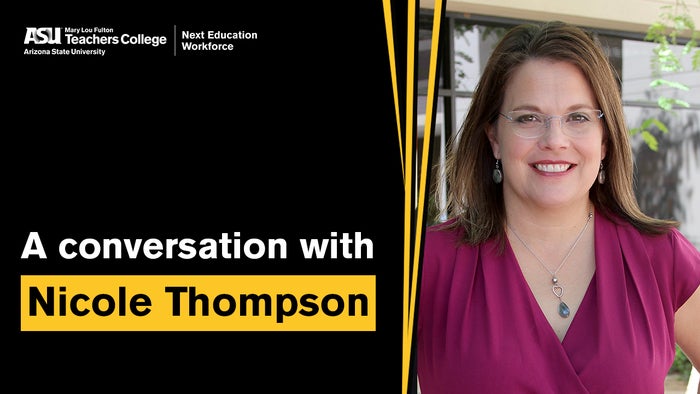
Dr. Nicole Thompson, Division Director of Teacher Preparation at Mary Lou Fulton College for Teaching and Learning Innovation
Brent Maddin talks with Dr. Nicole Thompson, Division Director of Teacher Preparation at Mary Lou Fulton College for Teaching and Learning Innovation, about equity, paid teacher candidate residency models, and Principled Innovation.
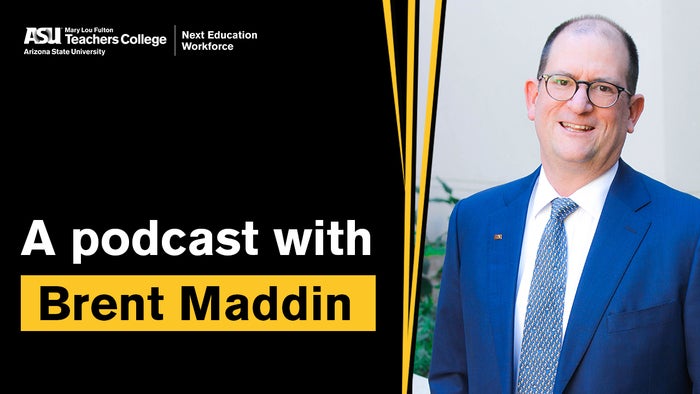
Brent Maddin: What is the Next Education Workforce?
Host Brent Maddin shares how MLFC is working with schools and other partners to 1) provide all students with deeper and personalized learning by building teams of educators with distributed expertise and 2) empower educators by developing new opportunities for role-based specialization and advancement.
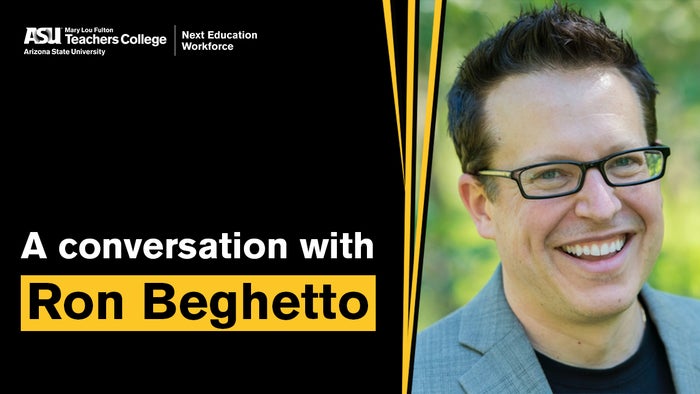
Ron Beghetto: Against technological macaroni art
Brent Maddin talks with Ron Beghetto, Professor and Pinnacle West Presidential Chair at ASU’s Mary Lou Fulton College for Teaching and Learning Innovation, about creativity, beautiful risks, and how we can improve education for all learners.

